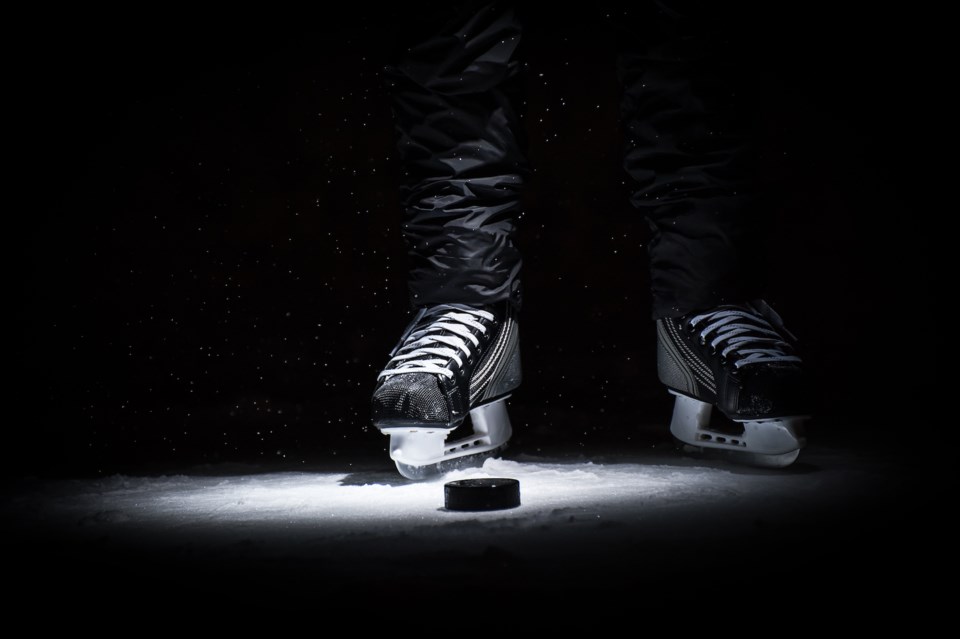Can victims of abuse in sport trust sport organizations to carry out independent, qualified investigations?
Ideally, Sport Canada’s new suite of safe sport policies should be seen as a positive step towards addressing public concerns about harassment, abuse and discrimination in sport.
Yet, recent signs suggest the system is failing its victims.
Announced in March 2019, the safe sport policies are beginning to show serious cracks in its implementation. This is largely because the policies allow sport to police itself.
Who exactly do these policies protect?
The federal government allocated $30 million over five years to help Canadian sport organizations rid their sport of toxic behaviours. When the policies began their rollout, we were concerned about how fast the initiative was implemented and questioned its ability to properly serve victims.
The reforms are clearly much needed. In a December 2019 incident in Nova Scotia, hockey player Logan Prosper reported being taunted on and off the ice with racial slurs — including being told that Indigenous people “look like turds.” After investigating the matter, Nova Scotia Hockey determined that the comments were insulting but not racist.
Curiously, at the same time, Nova Scotia Hockey also reported that “incidents of racial slurs and homophobia” are on the rise in their sport. Further to that, the organization’s executive director, Amy Walsh, told the public, “We have zero tolerance for any form of discrimination.” Another report published the same day said, “We encourage all of our members who experience racism to report it. It has no place in our game.”
The gap between what sport organizations say about athlete safety and how they ensure it is at least the size of a hockey rink. It is urgent that Canadian sporting organizations address the discrepancy.
Even at 16, Prosper isn’t fooled by the problem with self-policing and questioned the investigative units’ expertise to assess racism, stating, “I don’t understand how they can decide which is racial or not, not only to me, but to anybody. It can’t just be their decision.”
Halifax is hosting the 2020 North American Indigenous Games in July. How can the thousands of young Indigenous athletes from Canada and the United States who will be taking part in the Games feel safe in a region where at least one of its most popular sports is seemingly insulating itself from addressing discrimination?
A history of legal nonintervention
From adjudicating racism to ethically handling abuse allegations, its time for the Canadian sport system to devote serious attention to fixing its ingrained toxic culture. In the past, attempts to regulate Canadian sport have emanated from within organized sport and from the judicial system. Often, physical violence in sport has been the catalyst for calls for regulation.
For example, in the late 19th and 20th centuries, Canadians were concerned about the growing level of violence in hockey. In 1904, Ontario Hockey Association President John Ross Robertson warned, “We must call a halt to slashing and slugging, and insist upon clean hockey before we have to call in a coroner to visit our rinks.”
The following year, a death occurred on the ice as the result of a stick-swinging incident, leading to a murder trial and later acquittal in Ontario. The belief at the time was that hockey was capable of regulating itself and the courts should not intervene.
A decade later, on May 24, 1913, boxer Luther McCarty was killed by Arthur Pelkey in the ring during a bout just outside of Calgary. The result was a manslaughter charge levied against Pelkey. Yet, as Kevin Wamsley and David Whitson explain, “legal intervention in a properly conducted sporting event was questioned by all those (mostly male) who believed that violence in confrontative sports was simply part of the sport and therefore legitimate.”
Pelkey was not convicted of manslaughter. The judge, resting on case law established in 1911, stated in R. vs. Wildfong and Lang that “… it will be a long time before Parliament will think it wise to so hedge in young men and boys by legislation that all sports that are rough and strenuous or even dangerous must be given up. Virility in young men would soon be lessened and self-reliant manliness a thing of the past.”
The outward show of doing something
Today, sport is still allowed to police itself. The growing list of victims coming forward, sometimes using media to inform the public, speaks to the need for a more independent system with qualified investigators as well as the need for independent reporting mechanisms.
Victims deserve to be heard and supported by a system that works for them. This is especially true when the harm they experience cuts deeper than racial slurs.![]()
Taylor McKee, PhD Candidate and Instructor, Faculty of Health Sciences, Western University and Janice Forsyth, Associate Professor, Sociology & Director, Indigenous Studies, Western University
This article is republished from The Conversation under a Creative Commons license. Read the original article.
